Nabila Ernada is an Indonesian design researcher and media artist. Trained as a communications specialist and social strategist in ID <love>, she earned a BA in Media Studies from Universitas Indonesia (ID) and later an MA in Social Design from Design Academy Eindhoven (NL). Her work explores the in-between zones of surveillance and resistance, tracing how media infrastructures govern visibility, legality, and the body, particularly within Indonesian contexts.
Published for Lazy Susan
essay
Dragon fruit is a tropical fruit that belongs to the climbing cacti family. Its sweet and refreshing taste varies depending on where the dragon fruit grows, in East Kalimantan or Indonesian Borneo, the fruit tends to be sweeter and bigger in size due to the fruit’s adaptive DNA and its growing environment.
But today, there’s something wrong with how the fruit is growing. Inconsistent and immense pours of rain have been interfering with the growth process, resulting in failed produce that are worm-infested, unresistant to pests and blatantly can’t be harvested. In fact, in recent years, 90% of the dragon fruit harvests in Samarinda and Balikpapan have lost yield. Not only does it add to the food loss problem in Indonesia and risk local farmers’ welfare, but worse of all it has fatal repercussions for the environment.
But today, there’s something wrong with how the fruit is growing. Inconsistent and immense pours of rain have been interfering with the growth process, resulting in failed produce that are worm-infested, unresistant to pests and blatantly can’t be harvested. In fact, in recent years, 90% of the dragon fruit harvests in Samarinda and Balikpapan have lost yield. Not only does it add to the food loss problem in Indonesia and risk local farmers’ welfare, but worse of all it has fatal repercussions for the environment.
From a science perspective, the climbing cactus clan usually grows best in dry areas with high levels of organic materials for soil - so when there's constant rainfall and no sunshine, it’s very difficult for the production cycle to survive. Compared to the islands of Java or Sumatra, where there is a distinct divider for rainy and dry seasons, lately, the island of Borneo has experienced no such division. The climate has become erratic, in the months that it is supposed to rain, there is no rain at all, or vice versa in the months that should be dry it rains for a much longer time. It was reported that throughout April 2020 to 2021, there was almost no drought and just rain.
Extreme weather change is just one indicator of climate change. In addition to constant flooding, over the past ten years, Samarinda, East Kalimantan’s capital, experienced an increase in temperature of around 4-5° and a spike in humidity levels.
If you’ve ever stopped by the city in the past decade, you’d know how warm and humid it gets, despite having a biodiverse, lush rainforest only a motorbike trip away.
What’s causing all this commotion?
While Borneo might be known for the rainforests and orangutan sanctuaries, it’s also no secret that the island is inhabited with man-made coal mines. In fact, 70% of Samarinda is dug up and assigned for coal mining concessions, reaching all parts of the region including rummaging the Teluk Dalam research garden owned by the Centre for Tropical Studies, Faculty of Agriculture of the Mulawarman University. Teluk Dalam is only one example, Professor Rusdiansyah, Dean of the Faculty of Agriculture, Mulawarman University shared that in di Kalut, Tanah Tidung in North Kalimantan has lost up to 10,000 hectares of land for local mining activities since the 1980s - shows no shopping today, this includes taking over local farmers’ and residents land.
With climate change on the rise, agricultural productivity is projected to decrease by 17.9% by the 2080s due to its negative effects. All the cleared lands in Samarinda and Borneo create a dabbling effect on the temperature, sunshine, humidity and wind speed, leaving almost no breeze to spare and hot weather that accelerates the reproduction of pests. When we think about climate change, it isn't just about the hot degrees and overflow of pollutants, climate change is a social issue that affects all sectors and our lives - especially the one-third of Indonesians whose living depends on agriculture and farming.
I researched this story initially to find out why dragon fruits in different islands taste different but came across a bigger problem that is not raised enough in my hometown. With only 30% of land left in Samarinda, do you really want to have that all dug up too? Remember, there’s no fruit on cleared land.


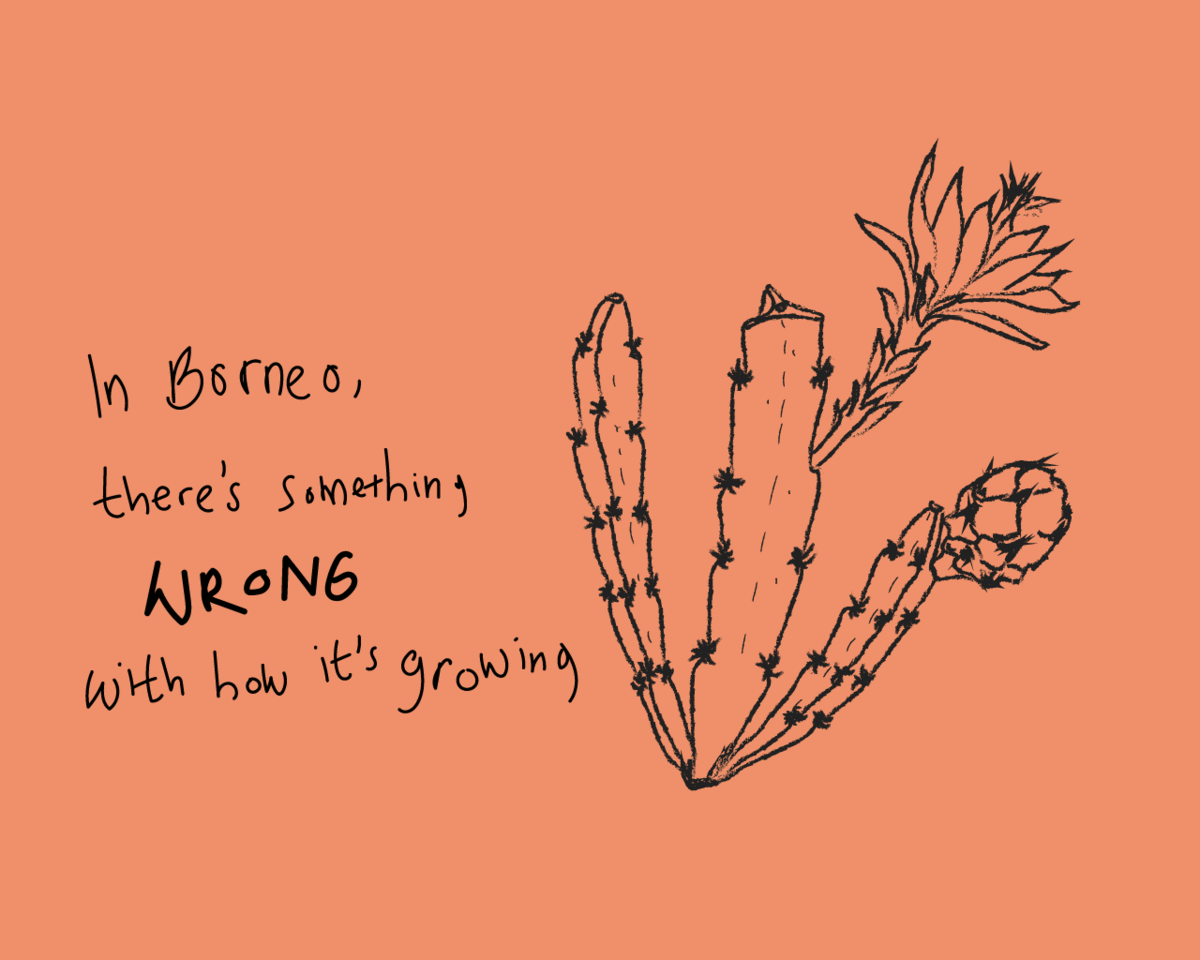
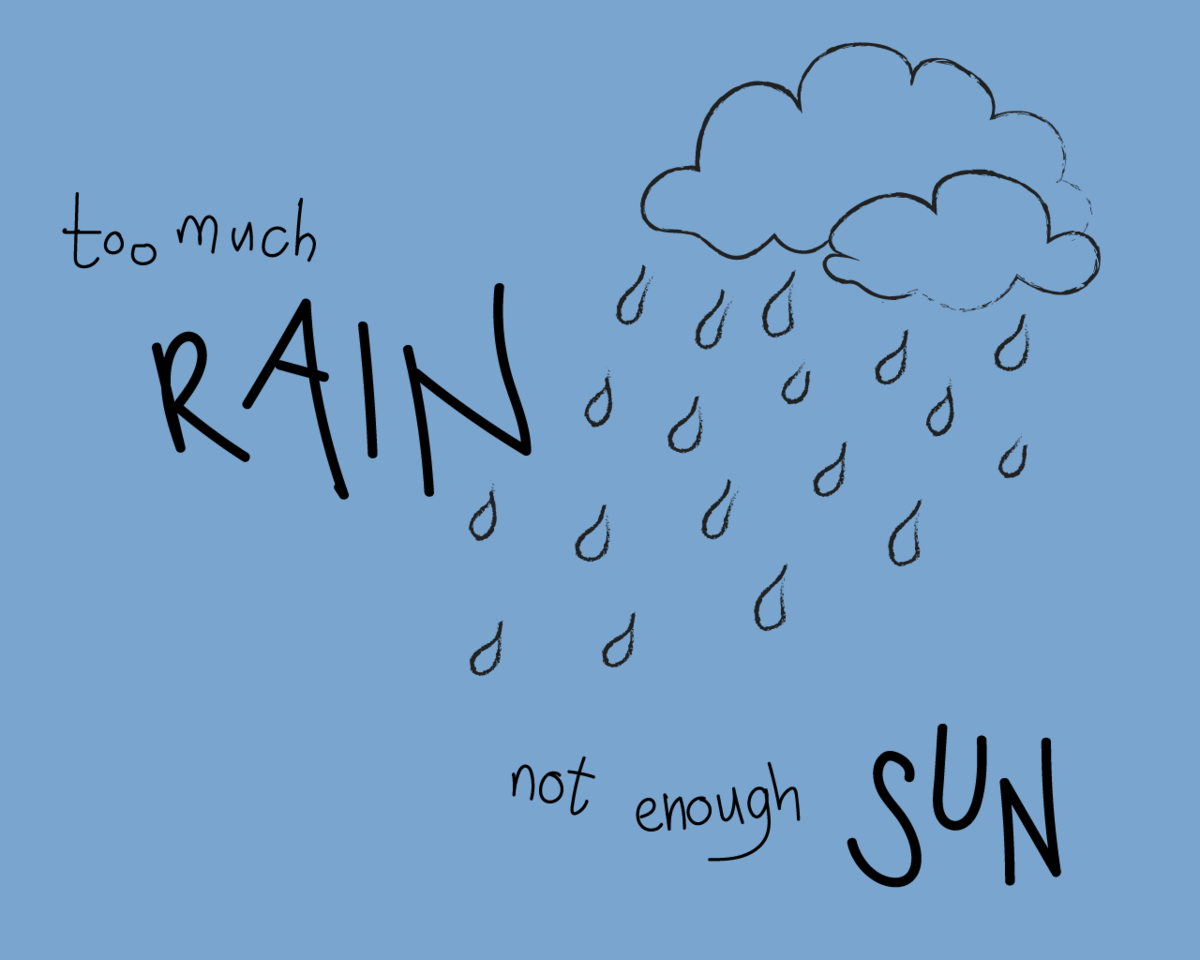
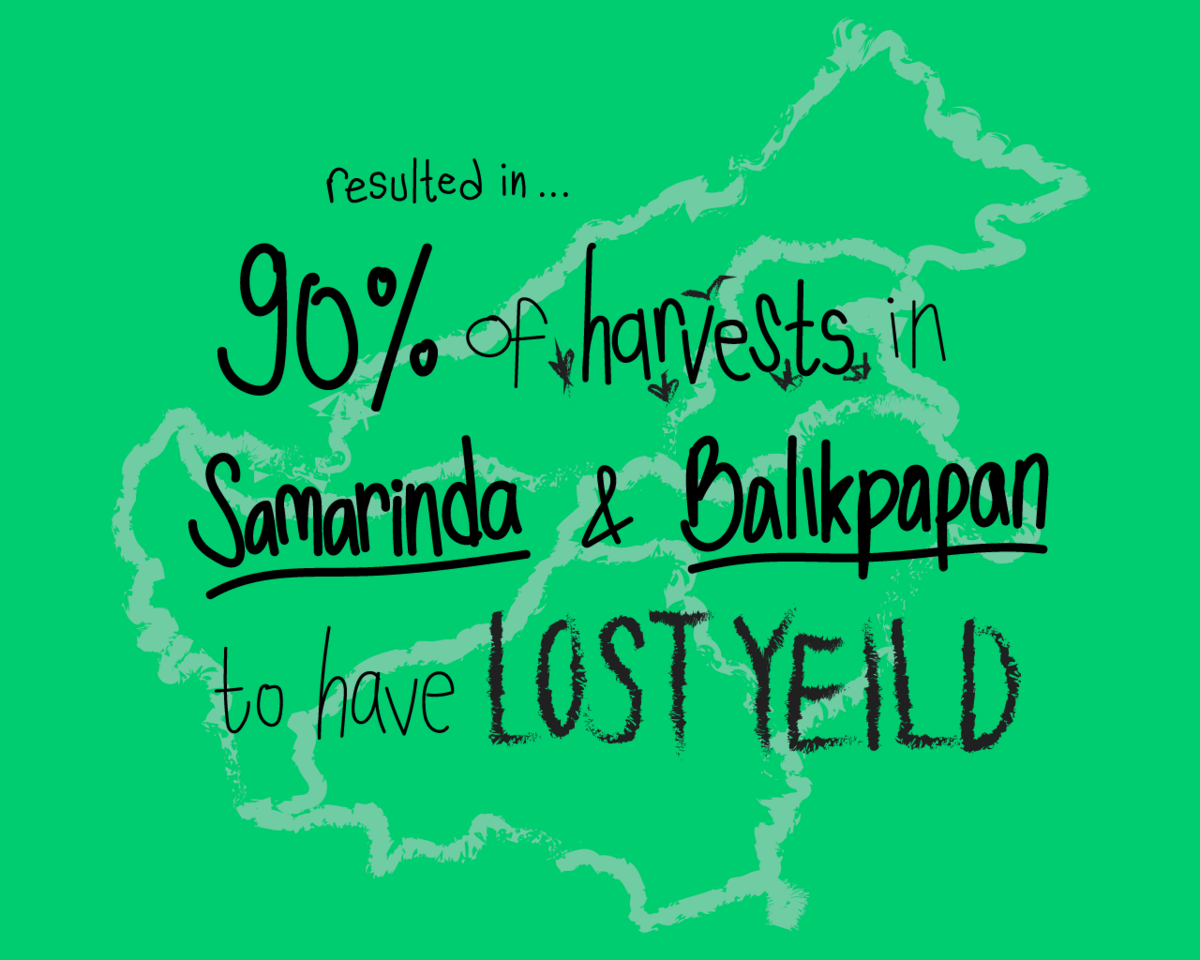 .
.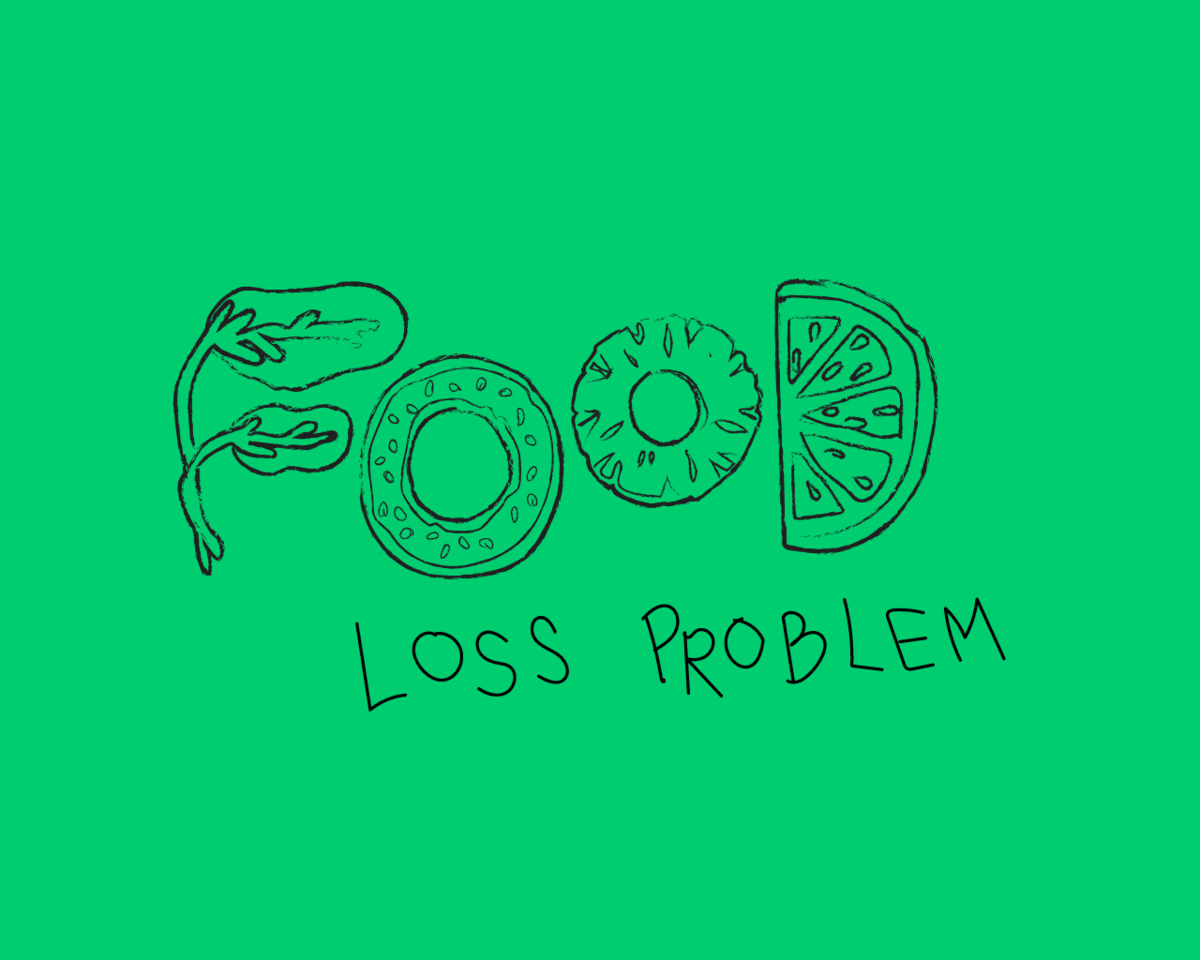


 .
.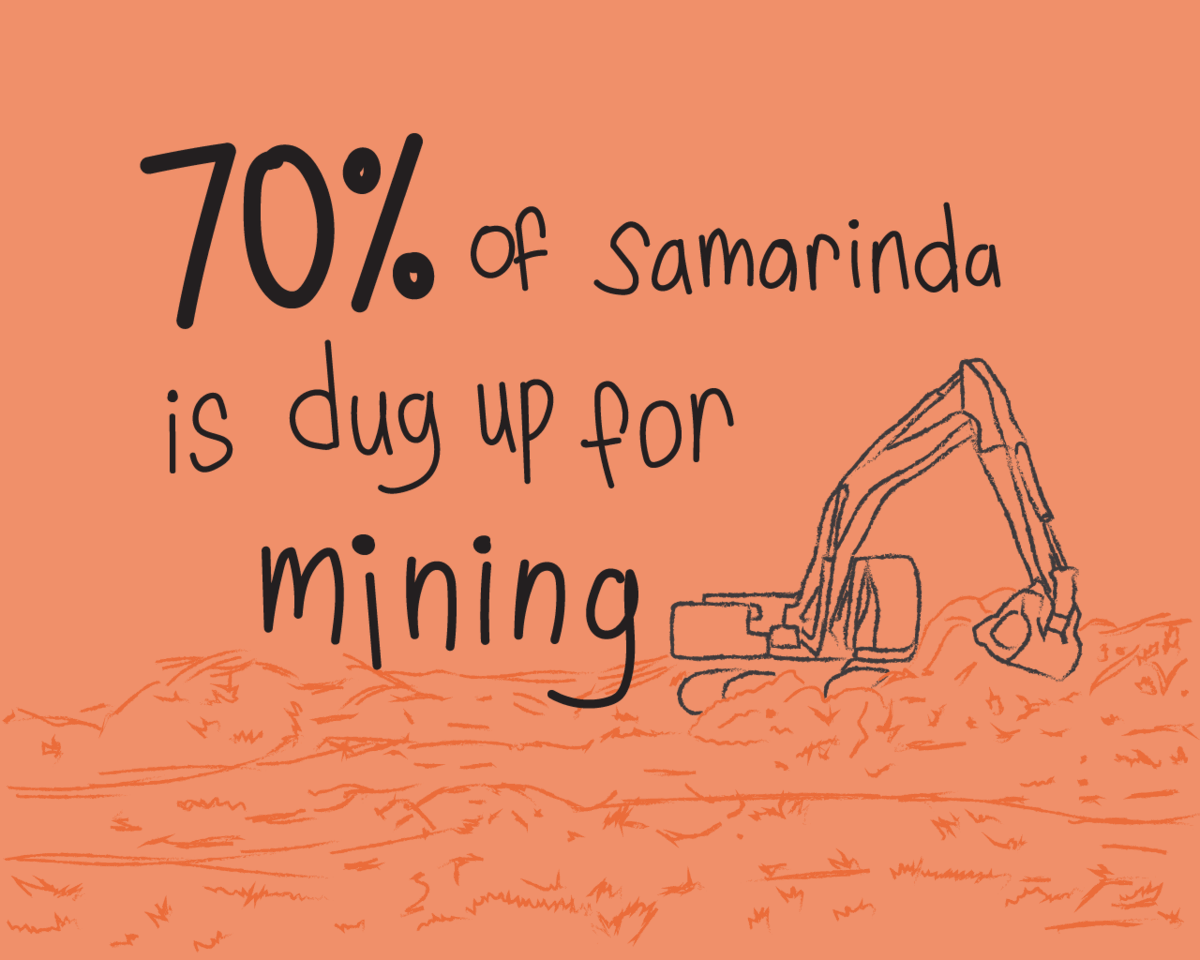
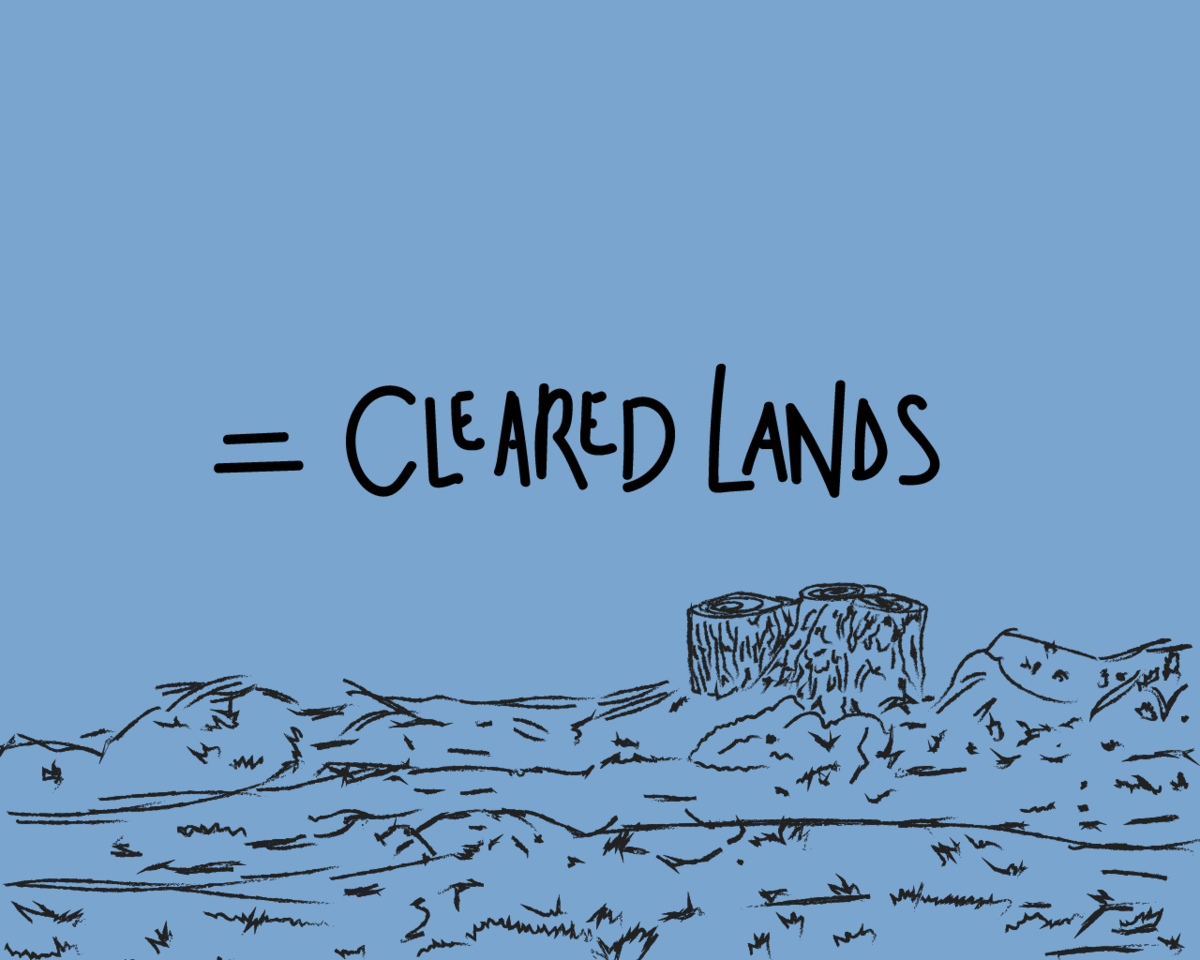

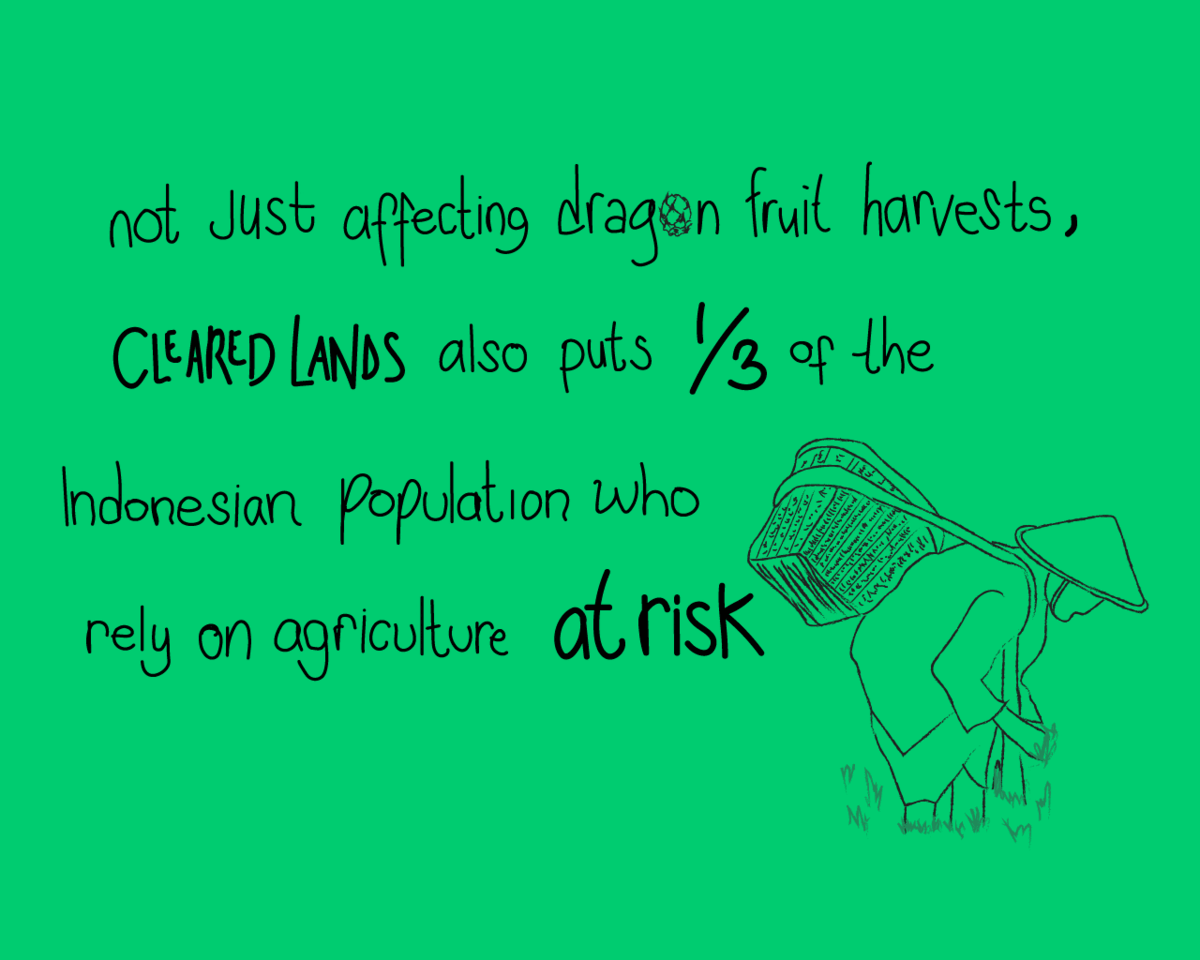 .
.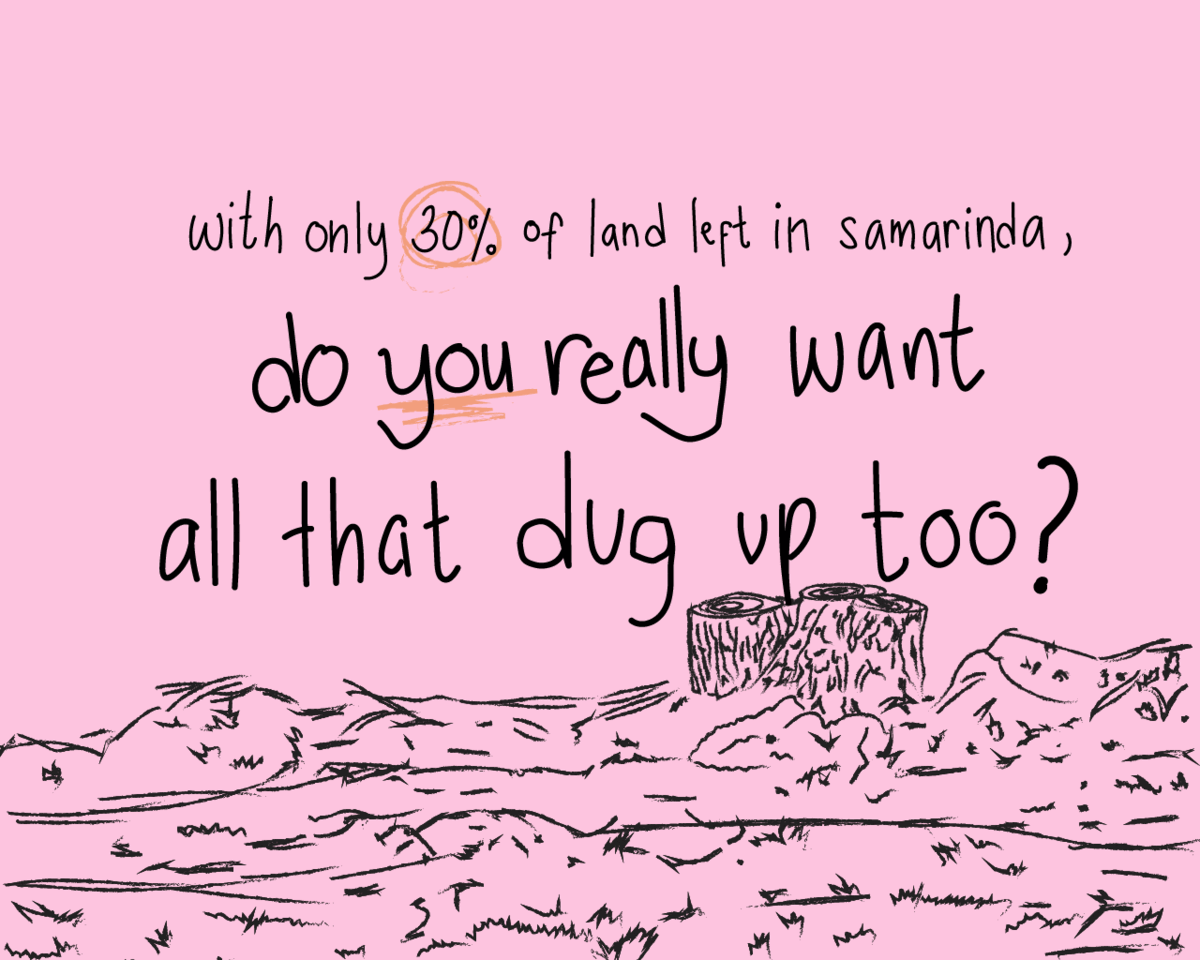

Graphics by Naqiba Ernada. We would like to thank Professor Rusdiansyah, Dean of the Faculty of Agriculture, Mulawarman University for the insights to this story.